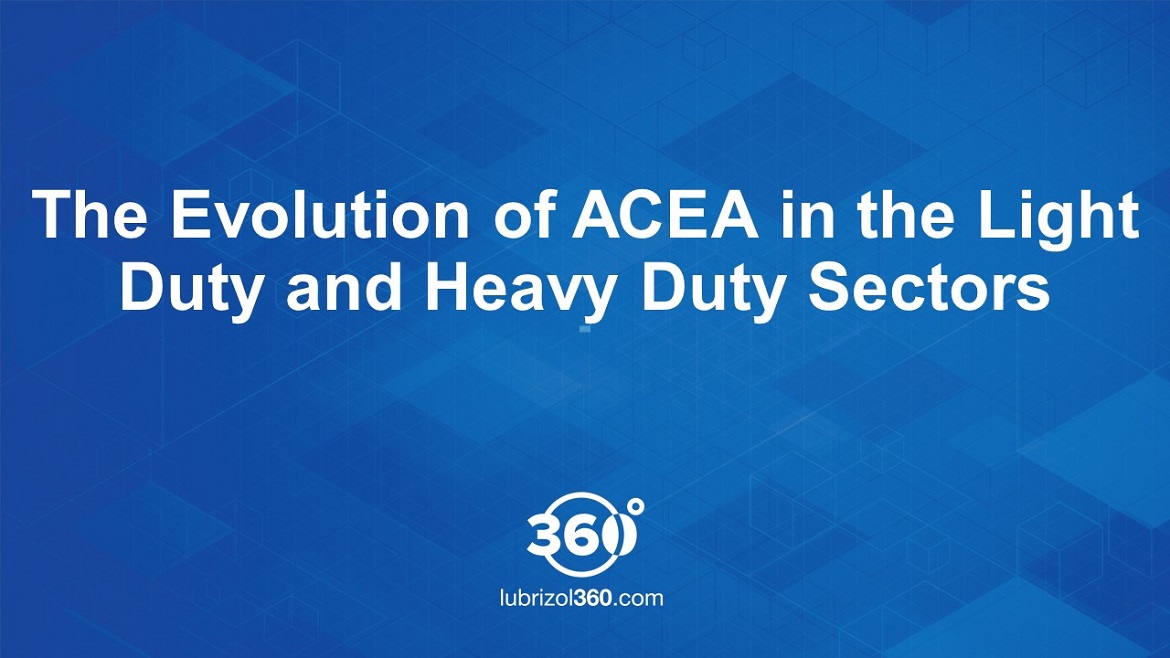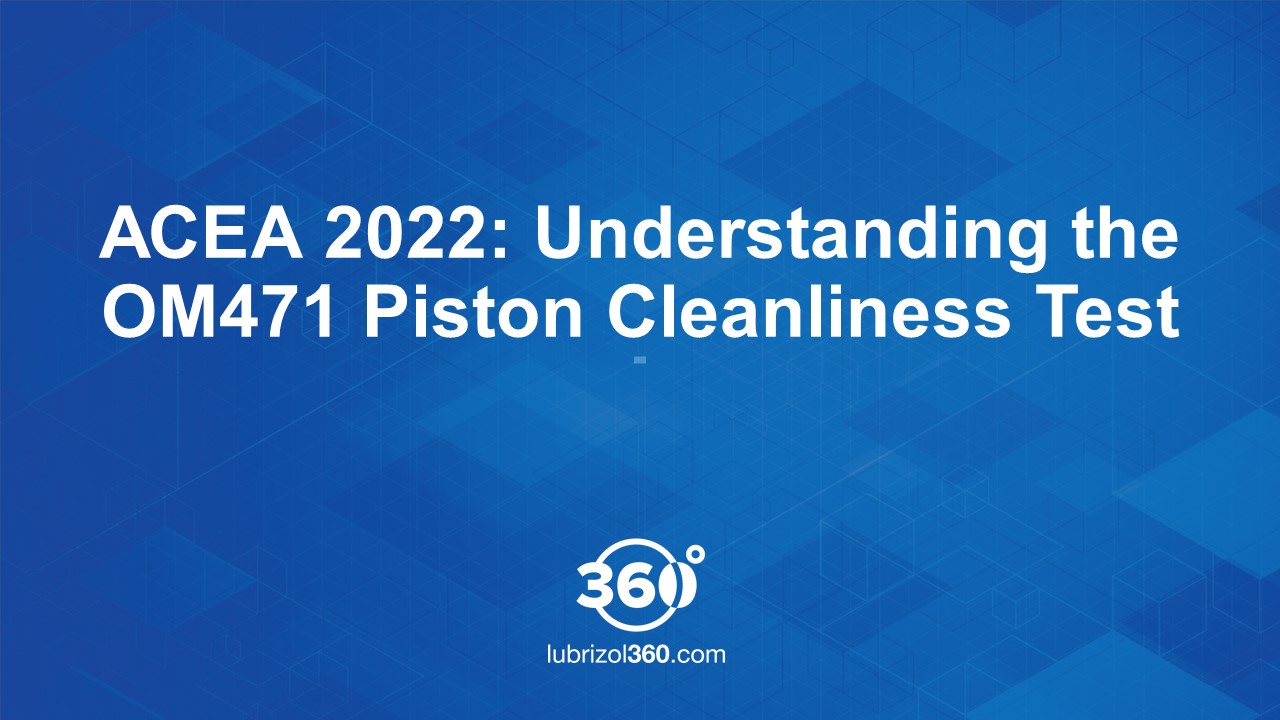ACEA 2022
The ACEA Oil Sequences define the minimum quality level for engine lubricants used in service fill in gasoline engines, light duty diesel engines and heavy-duty diesel engines.
The ACEA 2022 update ensures that heavy-duty engine lubricants used in service fill fulfil the demands of increasingly advanced developments in engine and after treatment system technology. The update represents a significant advance in performance levels and highlights the ongoing development challenges facing heavy-duty diesel commercial vehicle manufacturers due to the complexity of vehicle technology. The introduction of new tests and categories brings a focus on enhanced oxidation, piston cleanliness and aeration performance in select areas.
ACEA 2022 was introduced on the 1st X 2022 and becomes mandatory for all new performance claims made after 1st X 2023. Oil marketers may still make claims against the previous ACEA 2016 edition of the oil sequences until 1st X 2024. After this date, all formulations making a performance claim must do so to the requirements of the 2022 edition.
As OEMs strive to reduce emissions whilst increasing efficiency and maintaining durability new challenges emerge, which the engine lubricant plays a key role in overcoming. The inclusion of enhanced piston cleanliness performance testing and increased alignment with key OEM and industry specifications in select categories makes the release of ACEA 2022 an important upgrade and milestone for the heavy-duty engine lubricant market.
ACEA 2022 sees the removal of ACEA E6 and ACEA E9 and the introduction of two new replacement categories, ACEA E8 and ACEA E11.
- ACEA E8 is a new category which brings an increased focus to enhanced piston cleanliness, with the introduction of the OM471 test, alongside oxidation and aeration performance with the inclusion of established ASTM engine tests developed for API CK-4.
- ACEA E11 is a new category which brings an increased focus on oxidation and aeration performance with the inclusion of established ASTM engine tests developed for API CK-4.
- ACEA E4 and ACEA E7 remain to serve the requirement of legacy engines, with changes made to piston cleanliness test options in both.
For a deeper dive into specifications, see the Lubrizol Ready Reference Guide, the industry's go-to resource for understanding fuel and lubricant performance principles and requirements.
ACEA E4-22
ACEA E7-22
ACEA E8-22
ACEA E11-22

ACEA 2022 Heavy-Duty Engine Oil Sequences: One Year On
May 01, 2023
From May 1, 2023, no new marketing claims are allowed against European Automobile Manufacturers' Association (ACEA) 2016 Heavy-Duty Engine Oil Sequences.

ACEA 2022 Heavy-Duty Released
September 29, 2022
In May 2022, ACEA formally announced and released its most recent Heavy-Duty oil sequences, a significant increase in lubricant performance for commercial vehicles.

The Evolution of ACEA in the Light Duty and Heavy Duty Sectors
July 01, 2022
There have been some significant adjustments to the ACEA European Oil Sequences throughout the years.

ACEA 2022: Understanding the OM471 Piston Cleanliness Test (CEC L-118)
May 19, 2022
Referred to as the OM471 Piston Cleanliness Test (CEC L-118), this new and important diesel lubricant test is part of the latest sequences.

ACEA 2022: Understanding the OM471 Piston Cleanliness Test (CEC L-118)
May 17, 2022
The OM471 piston cleanliness test (CEC L-118) is a new and important lubricant performance requirement within the latest ACEA 2022 Heavy-Duty Engine Oils Sequences upgrade.

ACEA 2022 Upgrade for Heavy-Duty Engine Lubricants is Here
May 03, 2022
On May 1, 2022, the widely-anticipated 2022 ACEA European Oil Sequences for Heavy Duty Engines came into effect. The sequences prescribe the minimum quality level of service-fill oils demanded by the ACEA members for use in their vehicles.